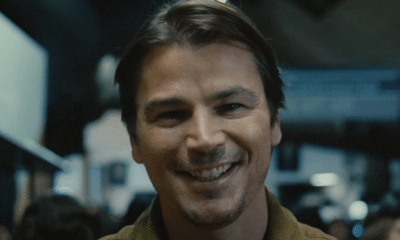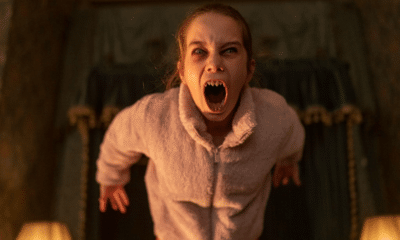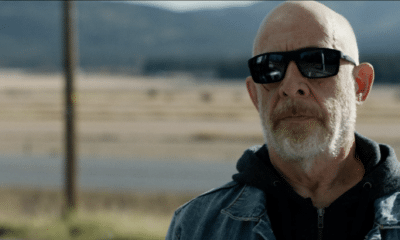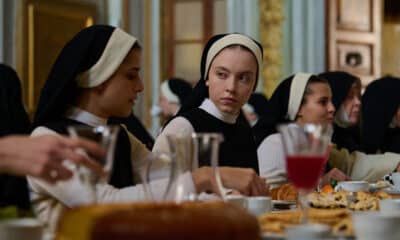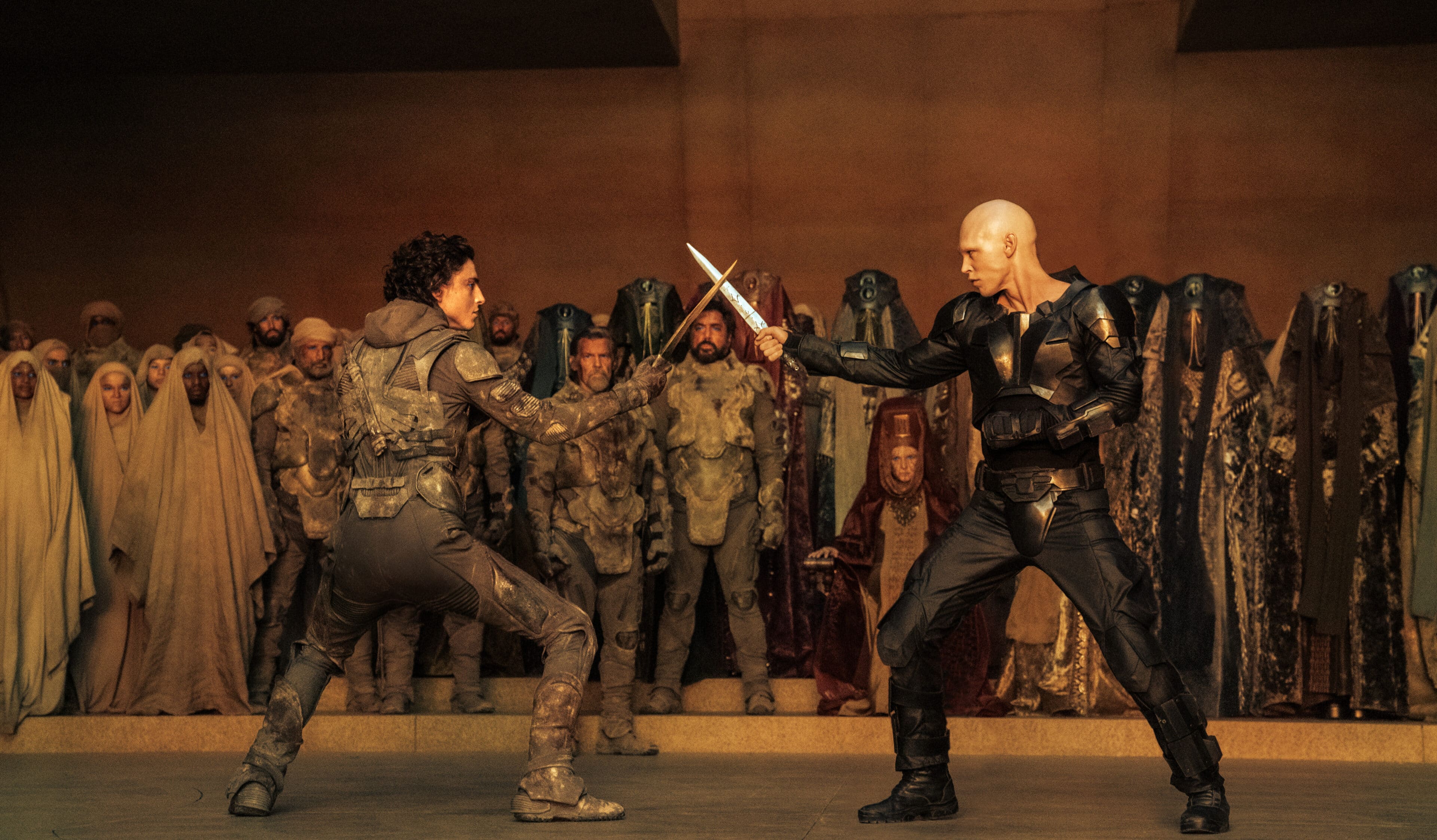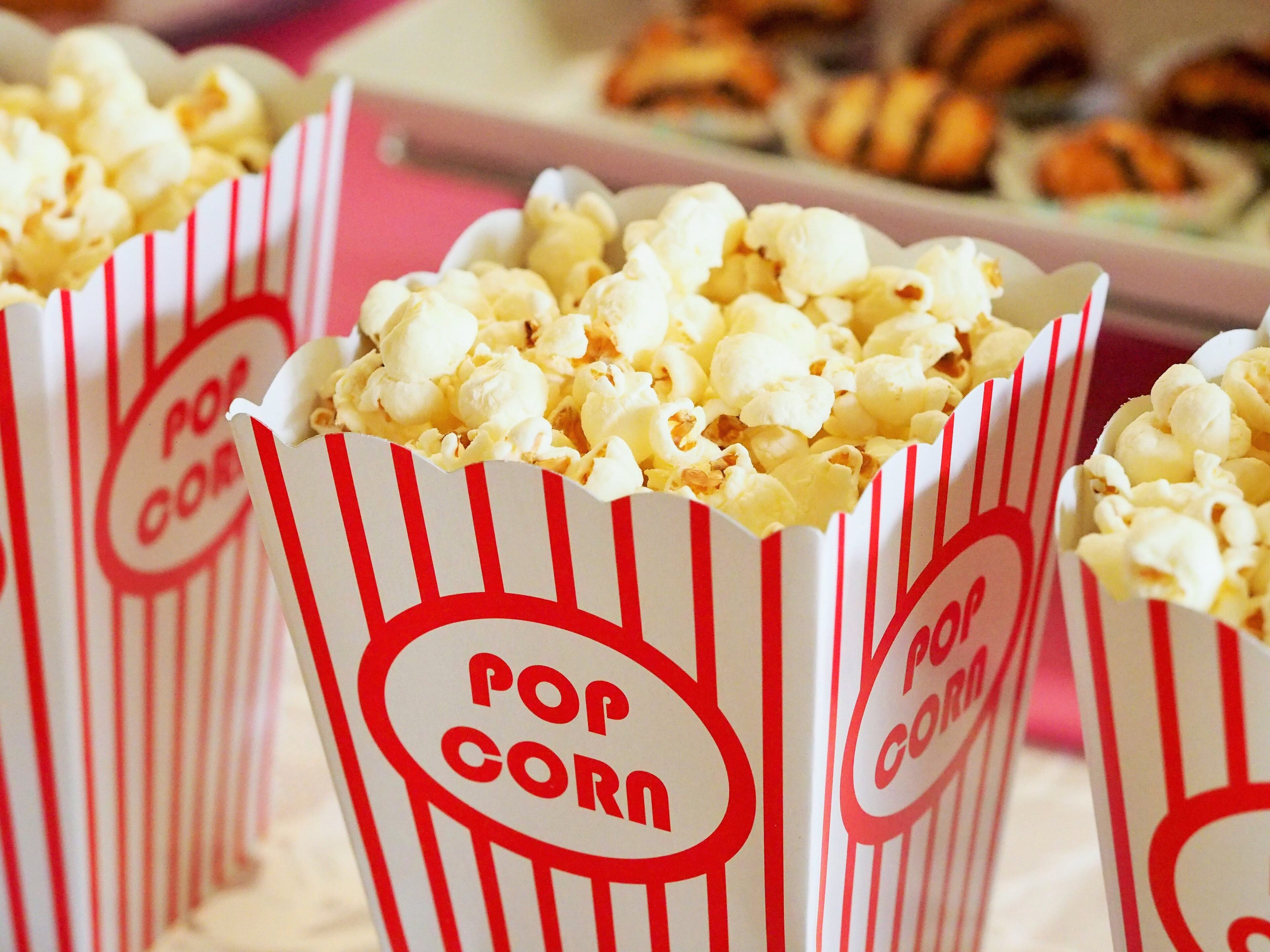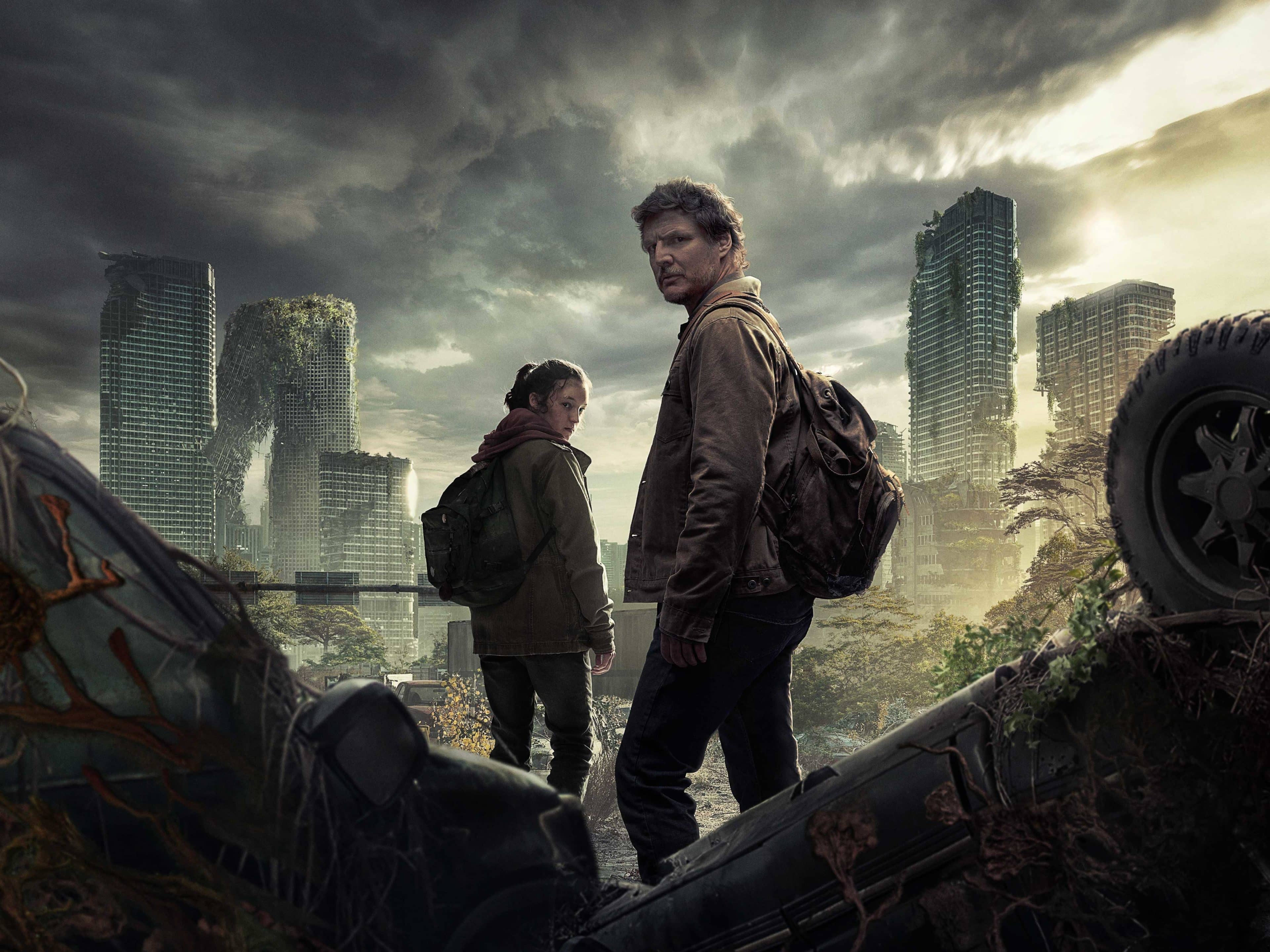Last year saw the cinema release of HOW I LIVE NOW which starred Saoirse Ronan and BAFTA Rising Star nominee George Mackay. Unfortunately, it was only available for a limited time in most cinemas which was a shame as the film is a beautiful love letter to the British countryside.
Based on the 2004 novel by Meg Rosoff, the film follows American teenager Daisy as she arrives in Britain just as it is on the brink of war. Daisy is unhappy about being sent to stay with her cousins, Piper, Issac and Eddie, who live deep in the heart of the English countryside. Once arrived though, Daisy begins to fall in love with the scenery as well as Eddie. Just as things are going perfect, a nuclear device is set off and Daisy finds herself separated from her beloved Eddie. The film is set to be released on DVD and Blu Ray on Monday 10th February and will hopefully see it’s popularity grow.
It’s directed by Scottish director Kevin MacDonald, the visionary mind behind TOUCHING THE VOID, and THE LAST KING OF SCOTLAND. Ahead of the home entertainment release THN was lucky enough to spend time with the director, talking about the film, his talented actress Saoirse Ronan and her chances at a role in the next STAR WARS, and fancying your cousin.

How did you become involved in HOW I LIVE NOW? Had you read the book beforehand, or did someone approach you with the script?
I read the book; I was sent it by a friend and read it. I thought it was fantastic, no real thoughts to turn it into a film. Then I was approached about turning it into a film, another director had been attached previously and they’d tried to get it off the ground and then it came to me. I had so enjoyed the book, I thought it was original and so I decided ‘yeah let’s make the film’.
Was it hard adapting a book into a film? How much thought went into what to keep and what to cut?
No. I don’t really let myself be too run over aught by what people are expecting from the book. I just don’t think you can do that. I know there are people out there that wish it was more faithful to the book, I think you have to make the film that you want to make. You use the book as a jumping off point. I think its obviously always very difficult to translate a book that’s first person, that’s essentially like a diary, that’s the way the book is written, and how to translate that to something not in the first person.
The story sees Daisy fall in love with her cousin, was there ever any pressure to change that. Falling in love with your cousin isn’t the normal thing to do?
(Laughs) At a previous stage, before I was really involved they had talked to an American studio. They had immediately said, ‘she should not fall in love with her cousin’. To me it felt fundamental to what makes the book interesting and not a standard teen fiction, that breaking of the taboo. I said I would only do it if we could keep that. What we did was we cut our own cloth so that it would work. We didn’t take any American money, as we didn’t want to have those pressures. So we financed it all in Europe, and places that didn’t feel so tyrannical.
Well, technically cousins are legal here, so we obviously have a different point of view.
(Laughs) Well technically cousins are legal, but I don’t think it’s just that. I think it’s that teenage is a time period when you’re experimenting, when you’re trying things out and you’re thinking about doing all these different things and whether or not to do them. I think a lot of people can relate to fancying a cousin, not necessarily done anything about it, maybe not even vocalised it. That’s one of the things that is great about teenage fiction, it explores those things, which…explore the lives of people before they’re fully part of the constrictions of normal society. Teenage life is much more free than adult life. It was never meant to be mainstream; it’s a teen movie for the discerning teenager, (laughs).
You started out looking for a young American actress for the part of Daisy, what was it about Saoirse Ronan that changed your mind?
Very simply just that she is an absolute genius actor, just a brilliant actor. Someone who, although only eighteen when I worked with her, has so much experience, and such a natural honesty about her as a person, and that’s really a delight to work with. I was looking in a way for the real thing, a young American teenager, and I couldn’t find anybody, so I thought ‘well if we can’t get the real thing, then why not get a great actress?’ and that’s where Saoirse came in.
I’ve seen her in interviews and was shocked by how well she can mask her real accent.
I think a lot of people are. In most things that she’s done she’s not used her proper accent, so people are quite astonished when they meet her as she has a very broad Irish accent.
She recently spoke about being one of many people asked in to audition for the new STAR WARS movies, how do you think she’d fair in the STAR WARS universe?
I think they’d be lucky to have her. She’s a truly astonishing actor, wise beyond her years; you can’t do better than that. If I was them I would cast her, but I have no idea what they’re looking for.
The saying goes never work with children or animals, in HOW I LIVE NOW you did both. Was it tough?
It was a real delight actually. The first couple of weeks everyday had a different animal on set, goats, a hawk, cows, they behaved beautifully. It just brings some real life to the film.
I loved working with kids, a film where adults spent not more than two days on the film. It really was like a summer-camp, everyone had great, great fun. We all got to know each other really well, and felt a real bond with each other. We were all staying together in a village in the Welsh countryside where we shot. It was a really lovely, happy shoot.
I loved the way the film both looked and sounded, could you talk us through your thought process behind them both?
I think with the camera we wanted to try, originally we were going to shoot the first half of the film on film, handheld film, 35mm, and then the second half on digital, but not handheld. The idea was to give a sort of alienation to the second half of the film. You know actually the world becomes a colder, crueler place, a more objectified sort of place. In the first half it’s organic, and it’s colourful, and it’s warm, it’s rich, it’s full of life. We didn’t end up shooting on film for the first half, we couldn’t afford it, so we shot on digital, bit different types of digital camera that gave it a more lightweight feel, cameras that give that feeling of spontaneity. Then the second half was all on cranes, dollies and tripods and was very deliberate. Then we graded it very differently in terms of colour, it’s a very de-saturated, cold cruel world.
The sound, not so much the sound design, changes as what was present in the world; the birds suddenly stop. The first half is filled with the sound of nature, sheep baaing, cows mooing, birds tweeting, and in the second half all of that just disappears, as cold an environment sonically as well as visually.
We changed the music a lot; the first half, it’s classic British folk, and then the second half becomes electronica. We had a great composer on the film, John Hopkins, who is a great musician in his own right. If I remember correctly he was nominated for a Mercury last year, and the year before, twice in a row. He is a talented composer because he can do beautifully heart-breaking melodies, and also do electronica.
You’re a Scottish director, directing an Irish actress in a film set in England, but filmed in Wales. How does a film get more British than HOW I LIVE NOW? Is there anything we can do?
(Laughs) I don’t think so. It’s a British film, and it’s about Britain, and I guess specifically about England. Although I am Scottish I’ve lived in England for over twenty-five years and I suppose, although it’s Wales doubling as England, its about the magic of the English countryside and the kind of, the folk-historic past England. It’s all kind of present in there for me, in the music and in the environment. Daisy is someone who is cured by it, cured by the English countryside, which is a very old-fashioned idea.
HOW I LIVE NOW was filmed in the wild openness of the Welsh countryside, how hard was it to adapt to filming on your next project BLACK SEA that is set in the close quarters of a submarine?
That is a very, very different film. It’s very male, one woman Jodie Whittaker who’s in it, albeit briefly. It’s British and it’s very claustrophobic. I think in the film only twenty minutes takes place on dry land, the rest is in the submarine. We used a real submarine to film on. It’s about what happens when you let the world out, when in a world without being noticed, when in a submarine and that far under the sea.
HOW I LIVE NOW is available on Blu Ray and DVD on Monday 10th February from Entertainment One.
Kat Hughes is a UK born film critic and interviewer who has a passion for horror films. An editor for THN, Kat is also a Rotten Tomatoes Approved Critic. She has bylines with Ghouls Magazine, Arrow Video, Film Stories, Certified Forgotten and FILMHOUNDS and has had essays published in home entertainment releases by Vinegar Syndrome and Second Sight. When not writing about horror, Kat hosts micro podcast Movies with Mummy along with her five-year-old daughter.

Latest Posts
-


Film Trailers
/ 19 hours agoM. Night Shyamalan’s ‘Trap’ trailer lands
Anew experience in the world of M. Night Shyamalan.
By Paul Heath -


Film News
/ 1 day agoFirst ‘Transformers One’ teaser trailer debuts IN SPACE!
The animated feature film is heading to cinemas this September.
By Paul Heath -


Film Reviews
/ 1 day ago‘Abigail’ review: Dirs. Matt Bettinelli-Olpin & Tyler Gillett (2024)
Matt Bettinelli-Olpin and Tyler Gillett direct this new horror/ heist hybrid.
By Awais Irfan -


Film Trailers
/ 1 day agoNew trailer for J.K. Simmons-led ‘You Can’t Run Forever’
A trailer has dropped for You Can’t Run Forever, a new thriller led by...
By Paul Heath



